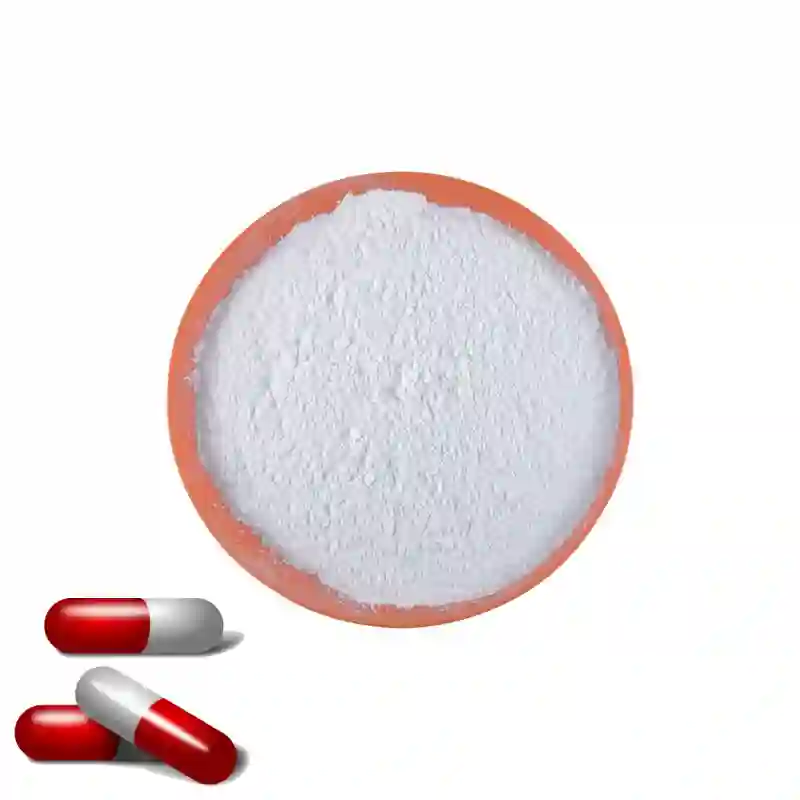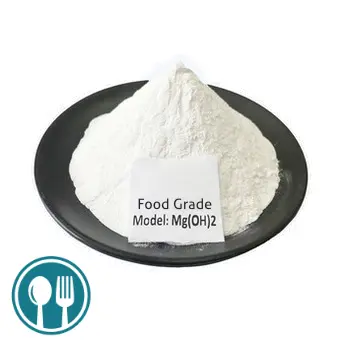The main differences between pharmaceutical grade magnesium hydroxide and food grade magnesium hydroxide are:
1. Production process: Pharmaceutical grade magnesium hydroxide adopts a more stringent production process to ensure the purity and safety of the product. The production process of food-grade magnesium hydroxide is relatively loose, but it also needs to comply with relevant food safety standards.
2. Impurity content: The impurity content of pharmaceutical grade magnesium hydroxide is lower than that of food grade magnesium hydroxide. The impurity content of pharmaceutical grade magnesium hydroxide is generally less than 0.01%, while the impurity content of food grade magnesium hydroxide is generally less than 0.1%.
3. Usage: Pharmaceutical grade magnesium hydroxide is mainly used in the production of pharmaceuticals, such as antacids, laxatives, gels, etc. Food-grade magnesium hydroxide is mainly used in food additives, cosmetics, etc.
Specific applications are as follows:
Application of pharmaceutical grade magnesium hydroxide
1. Antacids: Magnesium hydroxide is highly alkaline and can neutralize gastric acid and act as an antacid. It is often used to treat diseases such as hyperacidity, gastric ulcer, and duodenal ulcer.
2. Laxative: Magnesium hydroxide can absorb water in the gastrointestinal tract, lubricate the intestines and promote defecation. It is often used to treat constipation, enteritis and other diseases.
3. Gel agent: Magnesium hydroxide can react with water to form a gel, which has good absorbency and protection. Commonly used in the preparation of pharmaceutical preparations, cosmetics, etc.
Application of food grade magnesium hydroxide
Food-grade magnesium hydroxide is a non-toxic and odorless white powder with characteristics of water absorption, cohesiveness and stability. In the food industry, food-grade magnesium hydroxide is a safe and effective food additive that has been widely used in the food industry.
Food grade magnesium hydroxide is mainly used in the following aspects:
1. As a food additive: Food-grade magnesium hydroxide can be used as a food additive to improve the taste, flavor and stability of food. It is often used to make puffed food, pastries, candies, etc.
2. As a food raw material: Food-grade magnesium hydroxide can be used as a food raw material for making health foods, functional foods, etc.
3. As a food processing aid: Food-grade magnesium hydroxide can be used as a food processing aid to improve the processing technology and quality of food. Commonly used in making dairy products, juices, beverages, etc.
Specific applications are as follows:
1. Acidity regulator: Food-grade magnesium hydroxide has strong alkalinity and can be used to adjust the acidity of food to a suitable pH value. Often used to make acidic foods, such as carbonated drinks, juices, etc.
2. Thickening agent: Food-grade magnesium hydroxide has good water absorption and adhesiveness, and can be used to thicken food to give it a better taste and flavor. Commonly used to make bread, cakes, ice cream, etc.
3. Stabilizer: Food-grade magnesium hydroxide can absorb water and prevent the water in the food from evaporating, thereby improving the stability of the food. Commonly used in making dairy products, juices, beverages, etc.
4. Gel agent: Food-grade magnesium hydroxide reacts with water to form a gel, which can be used to increase the viscosity and elasticity of food. Often used to make jelly, pudding, etc.
5. Antioxidant: Food-grade magnesium hydroxide can absorb oxygen in food, thereby delaying the oxidative deterioration of food. Commonly used to make grease, fat, etc.
6. Cosmetics: Magnesium hydroxide can be used as a cosmetic raw material to make foundation, BB cream, eye shadow, etc.
In addition, pharmaceutical grade magnesium hydroxide and food grade magnesium hydroxide can also be used in other fields, such as industry, agriculture, etc.


